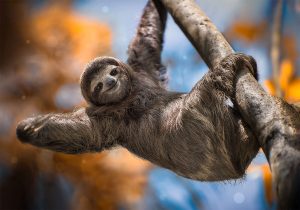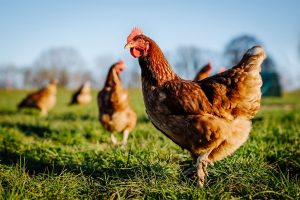
31 interesting facts about gazelles
- 👁️ 1047
Gazelles are graceful and fast-moving animals known for their slender bodies, long legs, and the ability to make swift escapes from predators. Inhabiting some of the world’s most expansive grasslands and plains, gazelles play a crucial role in maintaining the ecological balance of these environments. With their keen senses and swift agility, gazelles have fascinated humans for centuries, often symbolizing beauty and speed in various cultures. They are a vital part of the ecosystem, serving as prey for a variety of predators while also contributing to the health of their habitats. Here are 31 interesting and informative facts about gazelles that showcase their importance and the challenges they face.
- Gazelles are part of the Antilopinae subfamily, which includes many other fast, slender antelopes.
- There are about 19 species of gazelles found in Africa and Asia.
- Gazelles are known for their exceptional speed, capable of reaching speeds up to 100 km/h (60 mph) in short bursts.
- The Thomson’s gazelle, found in East Africa, is one of the best-known species.
- Gazelles are highly social animals and often form large herds for protection against predators.
- Their diet mainly consists of grasses, leaves, and shoots, making them important for controlling vegetation growth.
- Gazelles use a unique bounding leap, known as “stotting” or “pronking,” to escape predators and signal their strength.
- Female gazelles give birth to one or two fawns at a time, usually in concealed locations to avoid predators.
- Fawns are born with camouflage patterns and can walk within hours of birth.
- Predators of gazelles include cheetahs, lions, leopards, and hyenas.
- The name “gazelle” comes from the Arabic word “ghazāl.”
- Gazelles have excellent vision, which helps them spot predators from a distance.
- Male gazelles are generally larger than females and have longer, more pronounced horns.
- Some species of gazelles are migratory and travel long distances in search of food and water.
- Gazelles are often depicted in ancient Egyptian art, symbolizing speed and grace.
- The Arabian Peninsula is home to the Arabian oryx, a relative of the gazelle that was once considered extinct in the wild.
- Conservation efforts have helped to reintroduce several species of gazelles back into their natural habitats.
- Gazelles have a unique adaptation in their blood vessels to help cool their brain during high-speed chases.
- The Saharan cheetah is an example of a predator that has adapted specifically to hunt gazelles in desert environments.
- The horns of gazelles have been used by humans in traditional medicine and as ornaments.
- Gazelles have a gestation period of about six months.
- They are one of the few antelope species that can survive without direct access to water, getting moisture from the plants they eat.
- Gazelles play a key role in the folklore and mythology of several cultures, often representing purity and elegance.
- The Grant’s gazelle, another common species, can be identified by its white rump and long, ringed horns.
- Gazelles communicate using a variety of sounds, from grunts to alarm snorts.
- In some areas, gazelles coexist with domestic livestock, competing for resources.
- Climate change and habitat destruction are significant threats to gazelle populations.
- Gazelles are a popular motif in the decorative arts, appearing on pottery, textiles, and in sculpture.
- The Dorcas gazelle is adapted to desert environments and can be found in North Africa and the Middle East.
- Gazelles have been successfully reintroduced into Israel, where they had previously been extinct.
- Gazelles are an important indicator species for the health of grassland and savanna ecosystems.
Gazelles embody the beauty and resilience of the natural world. Their speed, social structures, and ecological roles highlight the complexity and interconnectedness of ecosystems. Despite facing threats from predators, habitat loss, and climate change, gazelles continue to thrive in many parts of the world thanks to conservation efforts. Their presence enriches biodiversity and provides critical balance in their habitats. Understanding and preserving these remarkable creatures is essential for the health of our planet.











